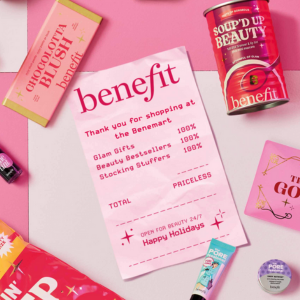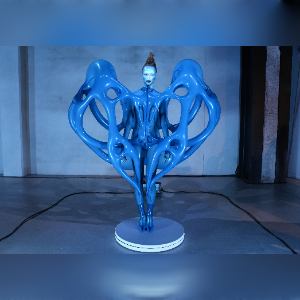[Anti]Flowing; From Bobs to Buzzcuts: Detangling Ourselves from the Concept of Femininity
By Jo Phillips
Notions of what it means to be feminine have long been discussed and advised to each of us as we grew up. Often regarded as a reflection of our own identity, hair styles are both a personal choice and a public observation. Just like the fashion world, the decision to change our clothes or hair is a constantly evolving process.
Every time I got the chance, I regularly experimented with my hair from the frequent purchases of jet-black dye and backcombing (despite somewhat resembling Time Burton’s Edward Scissorhands) to various cuts of length and highlighted fringes. I only tell you this to illustrate that the relationship with our hair doesn’t even begin to scratch the surface of the complexities surrounding our own personal identity, nor does it mean we will or should conform with the stereotypical concept of what it means to be ‘feminine.’
Below is a snapshot of some iconic hairstyles in TV and film which transformed the idea that long flowing hair is not the only indication for attractiveness and femininity in women.
The Bob
Once considered to be the controversial haircut of the 20th century, the bob haircut was supposed to have become popular when ballroom dancer Irene Castle decided to cut her hair for convenience.
Synonymous with our understanding of ‘Gatsby’s’ America, short bobbed hair then became associated with the rebellious act of going against the societal norms and values of the 1920s.
There is still something that’s undeniably classic about the look, Uma Thurman’s cult character Mia Wallace in Quentin Tarantino’s 1994 cult classic Pulp Fiction, demonstrating that bobbed hair has an innate quality of modernity.
The Pixie Cut
First popularized in the 1950’s with thanks to Audrey Hepburn’s iconic style in William Wyler’s 1953 film Roman Holiday, the pixie cut has continued to be an inspiration to many. The classic scene in an Italian Barbers was a metaphor of liberating ourselves from the norms and expectations of society.
A notorious pixie cut for me was Halle Berry in Die Another Day, although not the first bond girl to sport the short cut, Berry’s carefree attitude certainly aspired me to cut my hair and throw caution to the wind to go against the beauty ideals of the typical idea of long hair in Western society.
The Flattop
Although often associated with Will Smith’s hit TV show of the 90’s The Fresh Prince of Bel-air, the flattop (or sometimes known as the hi-top) was a trend which symbolized the Golden Era of hip-hop music during the 80’s.
An icon herself, Grace Jones’ character May Day in A View To A Kill wore the flattop hairstyle. The hairstyle coupled with her androgynous military clothing threw the idea of the conventional Bond girl out of the window.
Buzzcuts
Buzzcuts have been a style worn by women for reasons that transcended beyond that of fashion trends and were often rooted in political activism and the anti-establishment aesthetic of punk.
The buzzcut is probably one of the most quintessential anti-flowing looks which combats the idea of Western femininity. Traditionally a style associated with the military, one of the most significant scene in 1997’s G.I. Jane showed Demi Moore’s character takes an electric razor give herself a buzz cut to show that she’s tough enough to make it in a ‘man’s world’.
https://www.youtube.com/watch?v=JlRNcCkb27I
Beauty ideals differ from culture to culture and the above example are only a handful of iconic hairstyles which have transformed and questioned conventional beauty standards within TV and film contexts. But as we already know, the length colour or style of our hair does not determine our femininity.





